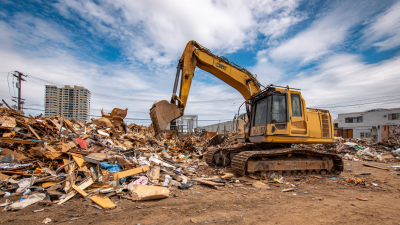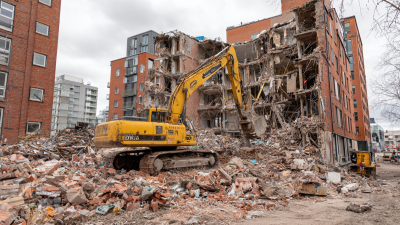How to Maximize Builders Waste Recycling for Sustainable Construction Practices
In the realm of sustainable construction practices, the significance of
Builders Waste Recycling cannot be overstated. As the construction industry continues to grow, so does the amount of
waste generated, often leading to adverse environmental impacts and increased disposal costs. However, by
implementing efficient waste recycling strategies, builders can not only reduce their carbon footprint but also cut costs and enhance their overall project sustainability.
This guide delves into effective methods to maximize Builders Waste Recycling, providing actionable insights for construction professionals eager to embrace eco-friendly practices.
From optimizing material usage to establishing robust recycling partnerships, the following strategies aim to create a circular economy in
construction, ensuring that invaluable resources are not lost but repurposed for future projects.
Join us as we explore the best practices and innovative approaches that can transform builders' waste from a liability into a valuable asset, fostering a greener, more sustainable construction landscape.
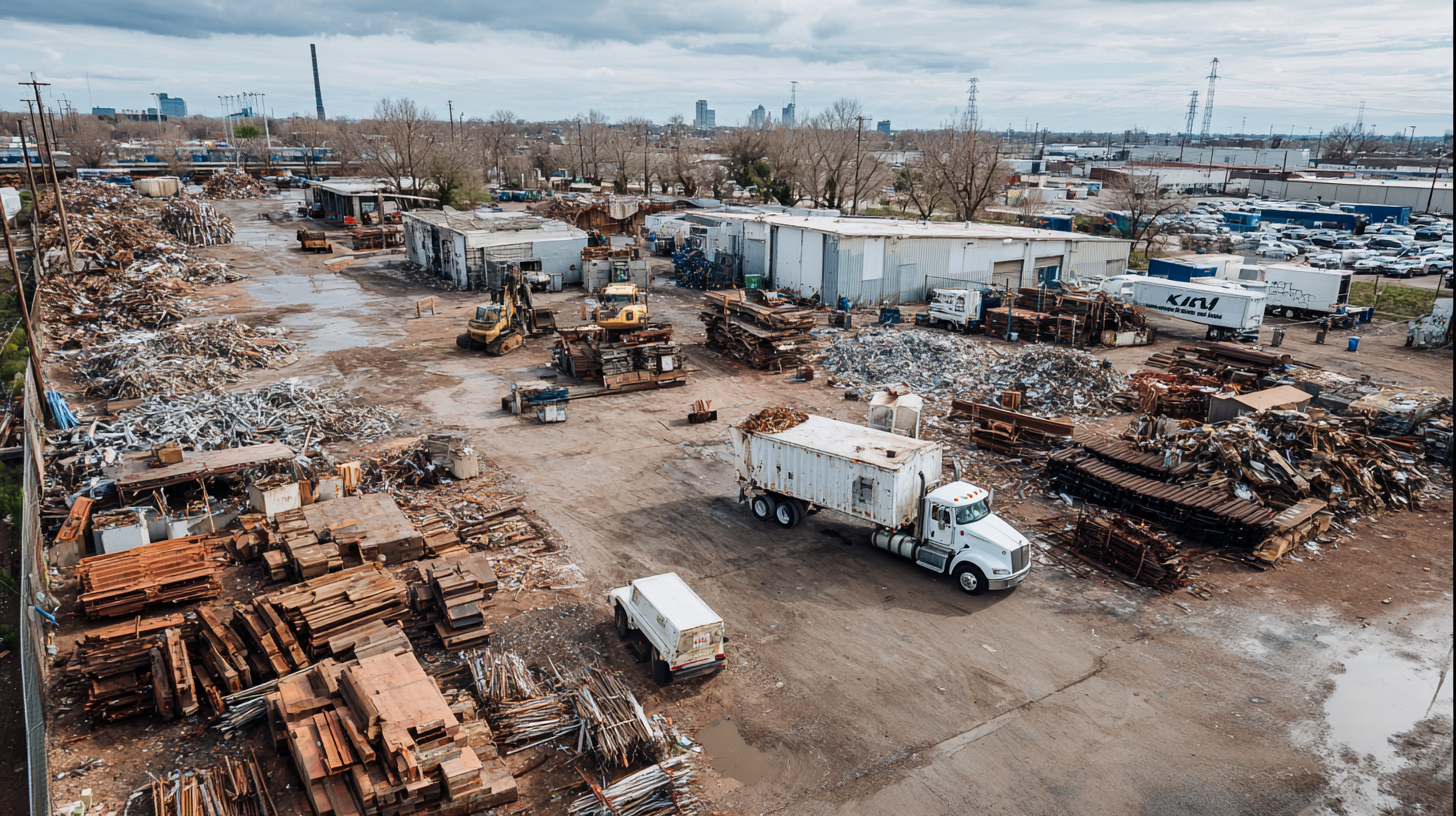
Understanding the Importance of Waste Recycling in Construction Projects
In recent years, the construction industry has recognized the vital importance of waste recycling to achieve sustainable construction practices. Effective waste management not only helps in reducing the environmental footprint but also contributes to cost savings and improved resource efficiency. As construction projects often generate significant amounts of waste, implementing a robust recycling strategy is essential. This involves assessing the types of materials being used, establishing clear recycling protocols, and fostering collaboration among stakeholders to enhance waste diversion efforts.
Stakeholder engagement plays a crucial role in maximizing builders' waste recycling. By involving architects, engineers, contractors, and clients in the recycling processes, construction projects can better align their sustainability goals with practical outcomes. Engaged stakeholders can provide valuable insights and innovative solutions that enhance waste management practices. Furthermore, risk management practices should be integrated with sustainability objectives, ensuring that potential challenges in waste recycling are addressed proactively. Overall, by prioritizing waste recycling and stakeholder involvement, the construction industry can make significant strides towards more sustainable practices.
Identifying Types of Construction Waste and Their Recycling Potential
Construction waste is a significant byproduct of building projects, encompassing various materials that can be categorized into several types. These include concrete, metals, wood, glass, and packaging materials. Understanding these categories is crucial for identifying effective recycling methods. For instance, concrete can be crushed and repurposed as aggregate for new construction, while metals can be melted down and reused in manufacturing. By sorting waste at the source, builders can enhance the recycling potential of each material type, reducing the overall environmental impact.
In addition to identifying types of construction waste, assessing their recycling potential promotes sustainable construction practices. Wood waste, often discarded, can be turned into biomass for energy or processed into new wood products. Glass can be crushed and used in road base or as decorative mulch. Furthermore, implementing practices like deconstruction instead of demolition allows for the recovery of reusable materials, fostering a circular economy within the construction sector. By prioritizing waste segregation and exploring innovative recycling methods, the construction industry can significantly reduce its ecological footprint while contributing to sustainable development.
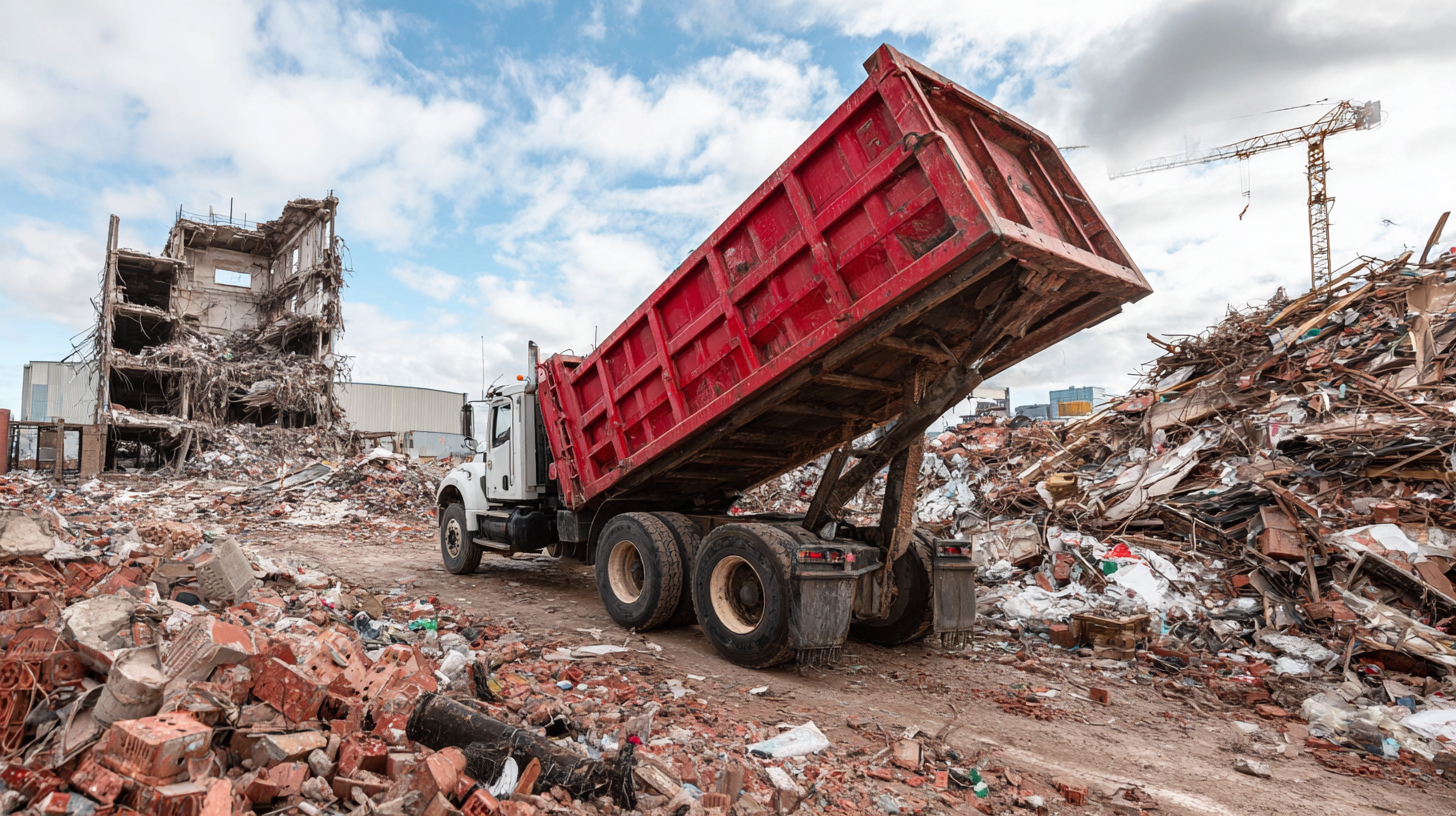
Implementing Effective Recycling Strategies on Construction Sites
Implementing effective recycling strategies on construction sites is crucial for minimizing waste and promoting sustainability in the construction industry. One of the fundamental steps is to conduct a thorough waste audit before the project begins. This audit helps identify the types and quantities of materials that will be discarded, allowing for targeted recycling initiatives. Not only does this enhance resource recovery, but it also enables contractors to establish clear goals and metrics for waste reduction.
Additionally, establishing designated recycling stations on-site encourages workers to separate recyclable materials, such as metals, plastics, and concrete. By providing clear signage and easily accessible bins, construction sites can significantly reduce the amount of waste sent to landfills. Training workers on the importance of recycling and how to do it properly is also essential. This fosters a culture of sustainability and ensures that everyone is engaged in the recycling process, creating a collaborative effort towards more sustainable construction practices.
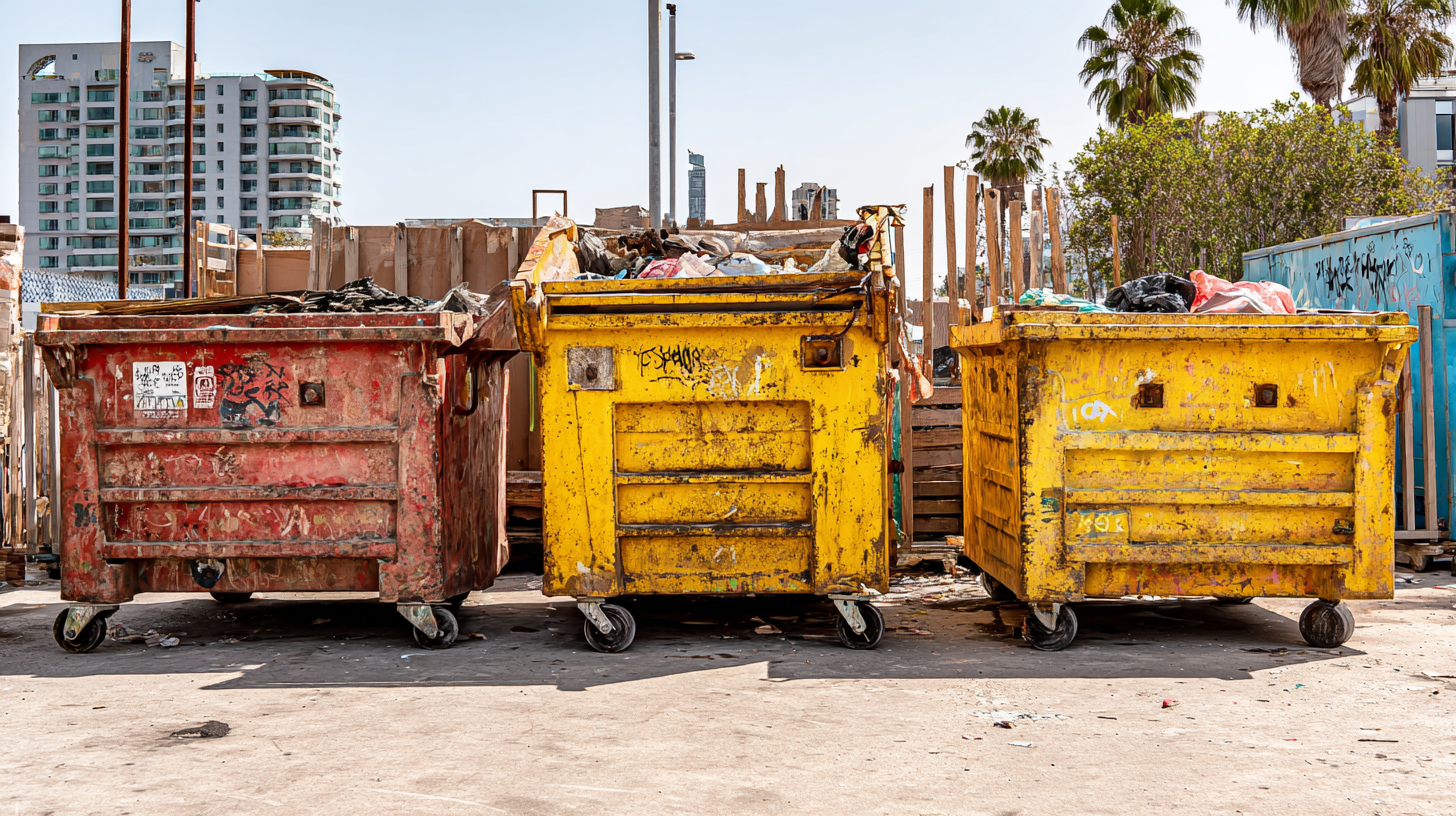
Engaging Stakeholders for Successful Waste Management Practices
Engaging stakeholders is crucial for effective waste management practices in the context of maximizing builders' waste recycling for sustainable construction. By adopting a purposeful approach to stakeholder engagement, diverse perspectives can be integrated into decision-making processes. This approach not only enhances the effectiveness of waste management strategies but also fosters a sense of ownership among stakeholders, leading to more committed participation in recycling initiatives. Key elements like trust, accountability, and active listening must be prioritized to facilitate open dialogues among all involved parties.
Incorporating feedback from various stakeholders—including contractors, local communities, and environmental organizations—can help identify potential challenges and opportunities within existing waste management frameworks. Utilizing iterative engagement techniques allows construction projects to adaptively manage their waste, aligning practices with evolving sustainability goals. As seen in sustainable practices from fields like water resource management, a collaborative approach can lead to innovative solutions, such as smart waste sorting systems that enhance efficiency and effectiveness. This dynamic interaction ultimately contributes to a circular economy and promotes long-term environmental stewardship within the construction industry.
Monitoring and Assessing Recycling Efforts for Continuous Improvement
Monitoring and assessing recycling efforts in construction is crucial for maximizing builders waste recycling effectiveness. According to a report by the Construction Industry Institute, construction and demolition activities generate approximately 520 million tons of waste in the U.S. each year, of which nearly 90% could be recycled or reused. To improve recycling rates, it is essential to establish baseline metrics that track the volume of waste generated and the percentage being recycled. Regular audits of waste streams can help identify areas for improvement and highlight successful strategies.
Tips for enhancing your recycling efforts include implementing a waste management plan that categorizes materials for recycling and encourages on-site separation. Additionally, invest in training staff on proper recycling practices to ensure compliance and engagement. The National Association of Home Builders suggests that companies that actively monitor their recycling processes often see a reduction in waste disposal costs by up to 30%.
For continuous improvement, leverage technology to track recycling data in real-time. Utilizing software tools can streamline the process of monitoring progress and making informed decisions based on the collected data. By actively assessing these efforts, construction companies can not only enhance their sustainability practices but also contribute to a circular economy in the construction industry.
How to Maximize Builders Waste Recycling for Sustainable Construction Practices - Monitoring and Assessing Recycling Efforts for Continuous Improvement
| Material Type |
Recycling Rate (%) |
Volume Processed (tonnes) |
Cost Savings ($) |
Last Updated |
| Concrete |
85 |
1200 |
5000 |
2023-10-01 |
| Wood |
70 |
800 |
3000 |
2023-09-28 |
| Metal |
90 |
500 |
4000 |
2023-10-02 |
| Plastics |
60 |
300 |
1500 |
2023-09-30 |
| Glass |
75 |
200 |
800 |
2023-09-29 |

Home
About Us
Products
 Concrete Mixing Plant
Concrete Mixing Plant
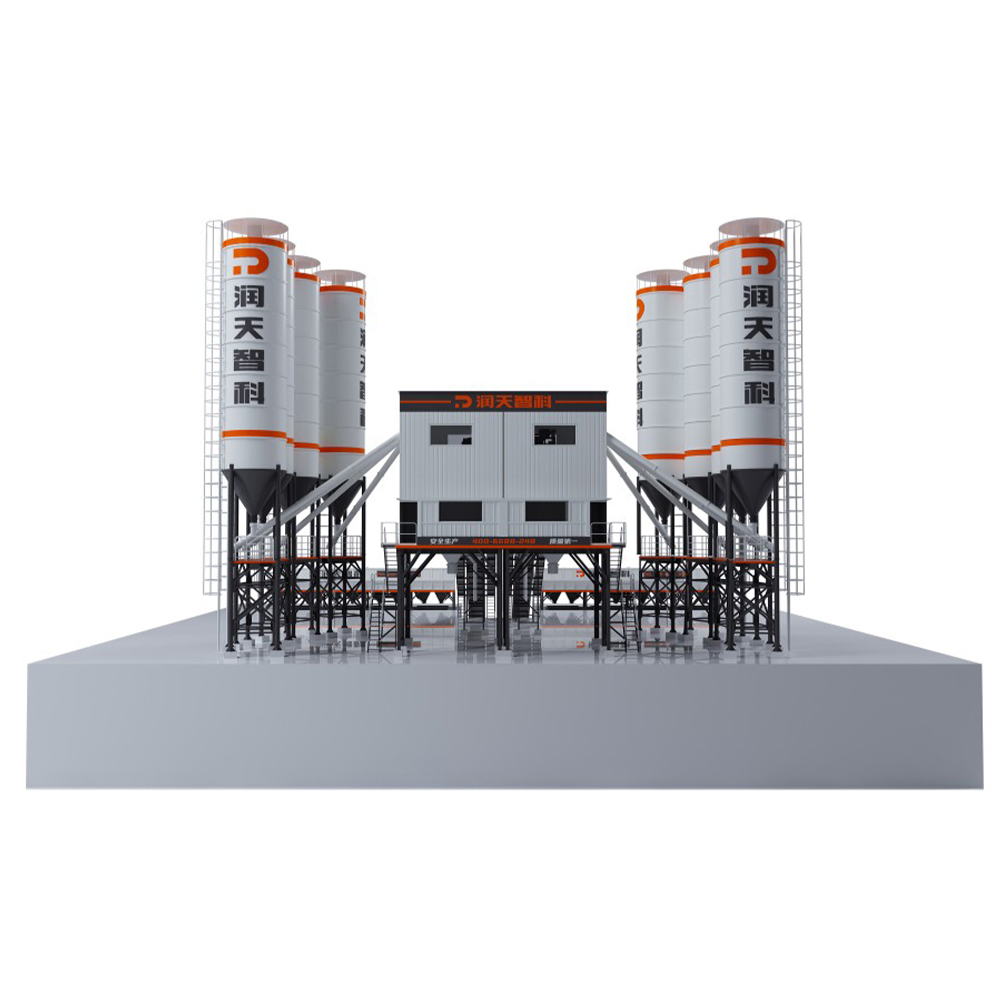 HZS Series Belt Concrete Mixing Plant
HZS Series Belt Concrete Mixing Plant
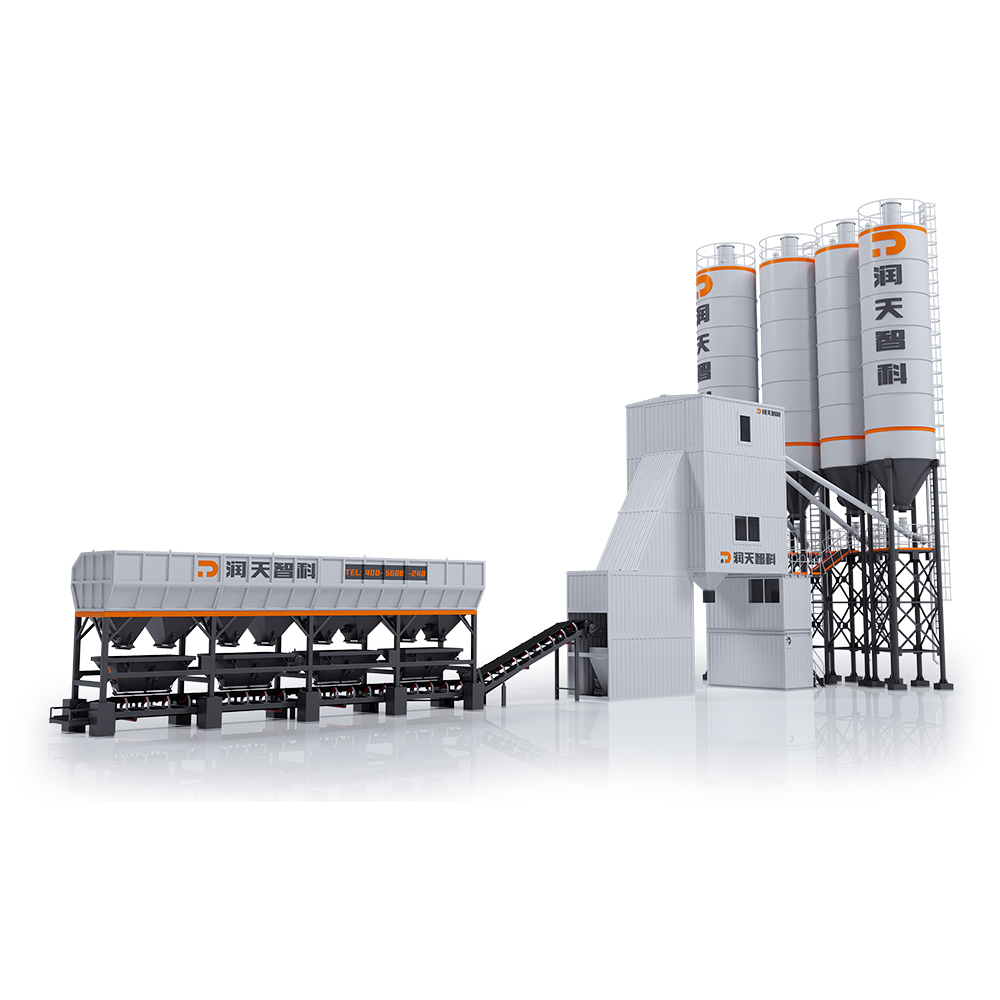 HZS Series Bucket-Lifting Type Container Concrete Mixing Plant
HZS Series Bucket-Lifting Type Container Concrete Mixing Plant
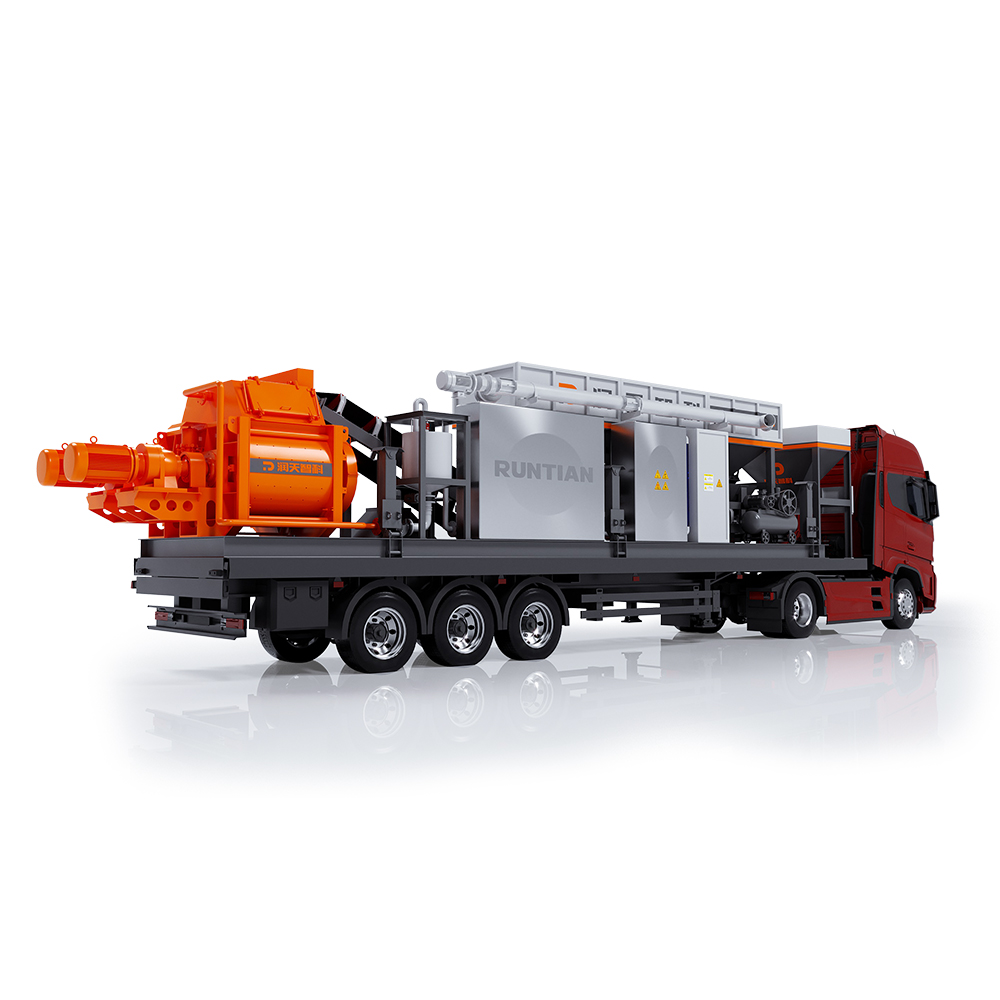 HZS60 Mobile Concrete Mixing Plant
HZS60 Mobile Concrete Mixing Plant
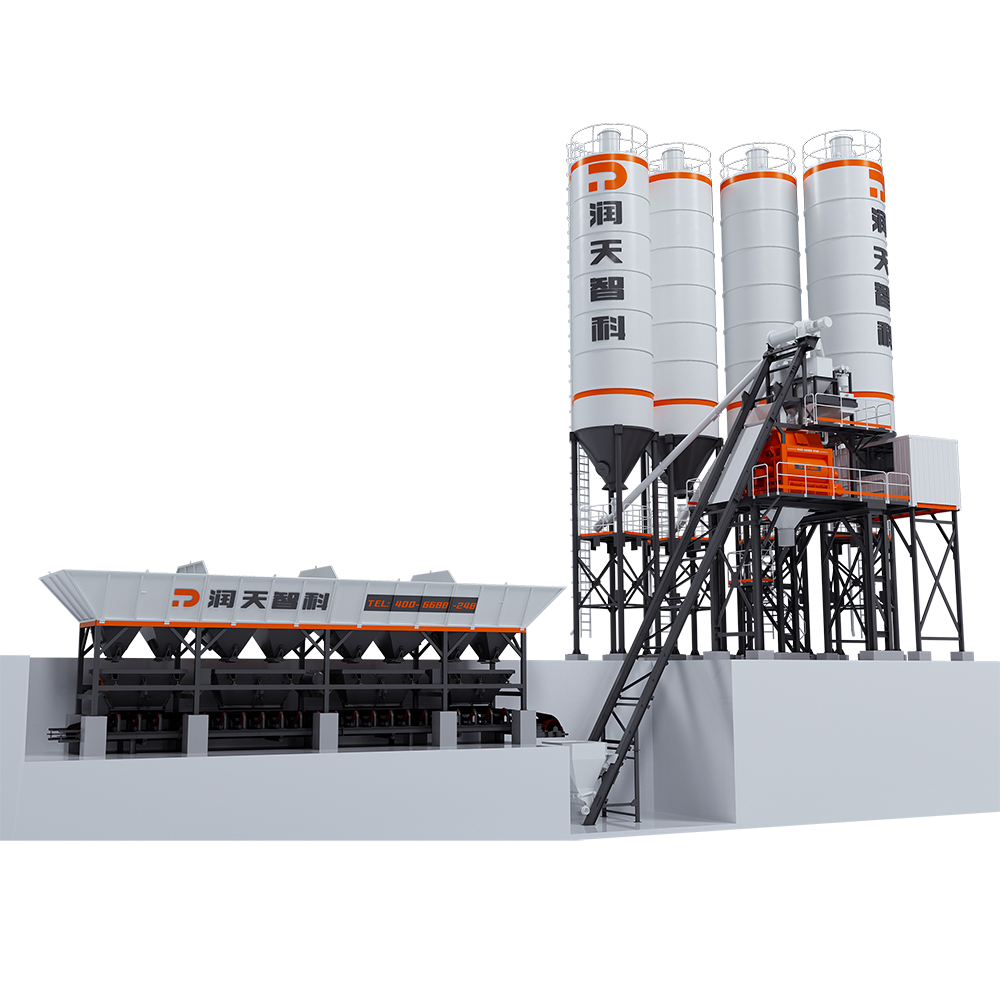 HZS Series Bucket-Lifting Type Concrete Mixing Plant
HZS Series Bucket-Lifting Type Concrete Mixing Plant
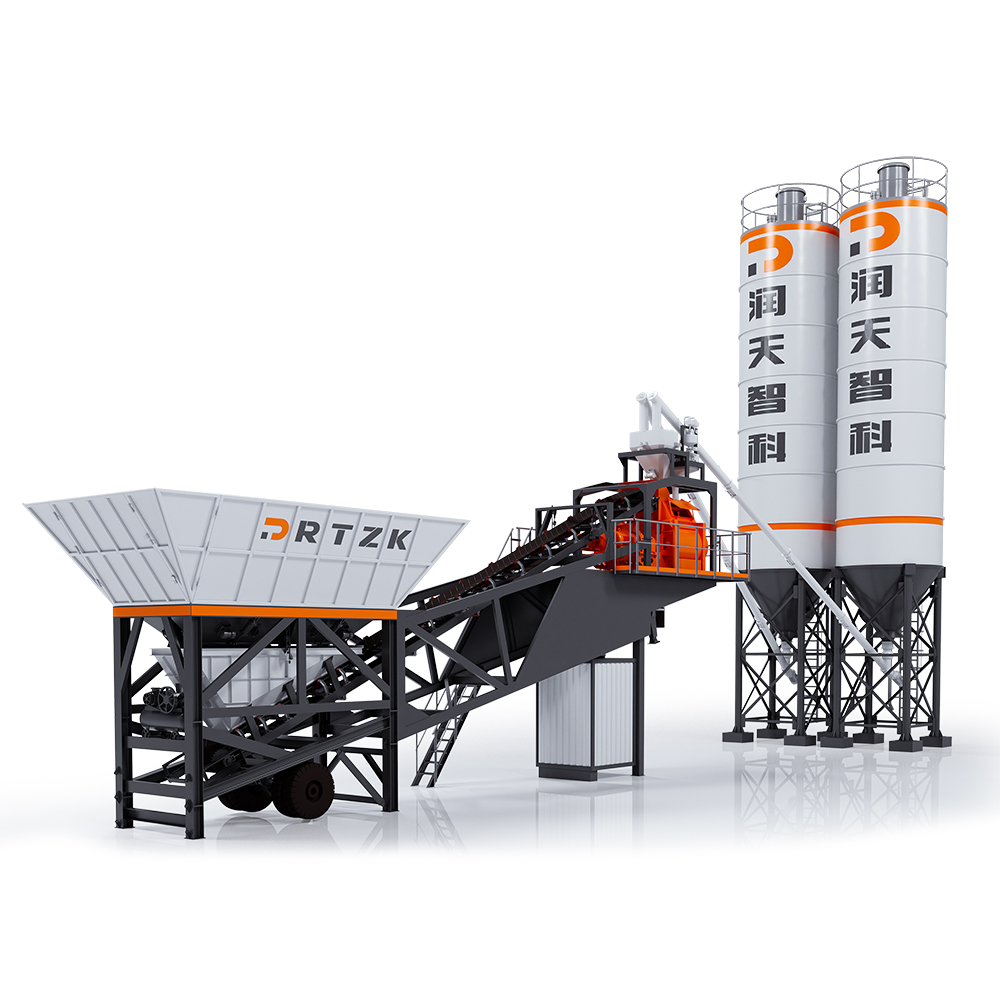 HZS Series Mobile Concrete Mixing Plant
HZS Series Mobile Concrete Mixing Plant
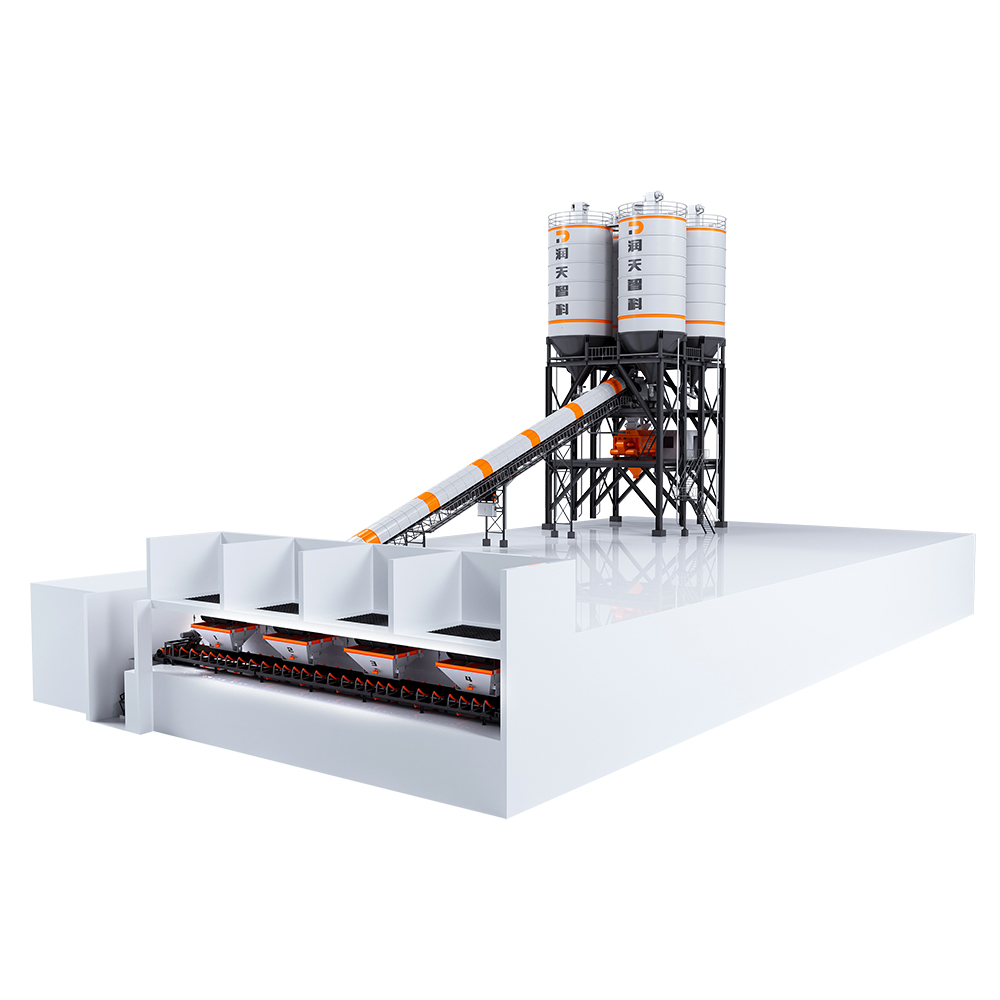 HZS Series Top-Mounted Concrete Mixing plant
HZS Series Top-Mounted Concrete Mixing plant
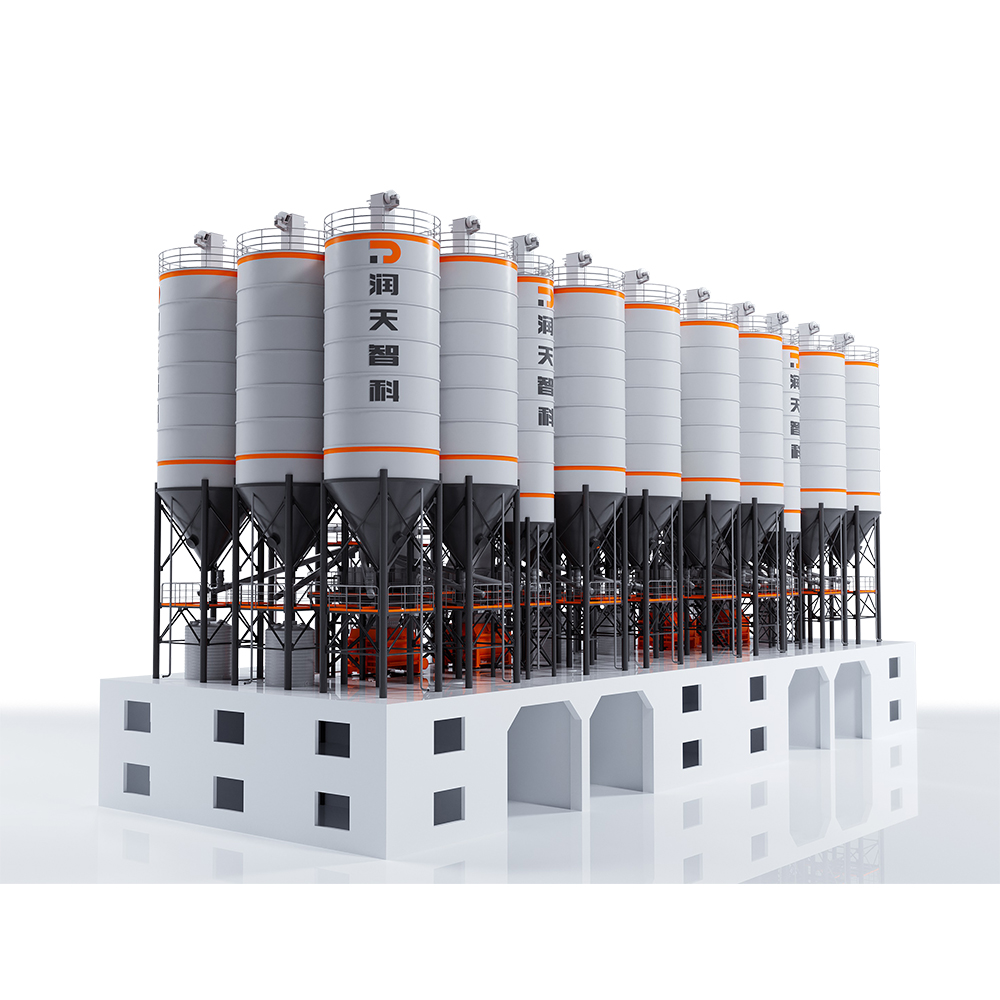 HZS Series Semi-Top Mounted Concrete Mixing Plant
HZS Series Semi-Top Mounted Concrete Mixing Plant
 Stabilized Soil Mixing Plant
Stabilized Soil Mixing Plant
 Asphalt Mixing Plant
Asphalt Mixing Plant
 Sand & Gravel Crushing and Screening Plant
Sand & Gravel Crushing and Screening Plant
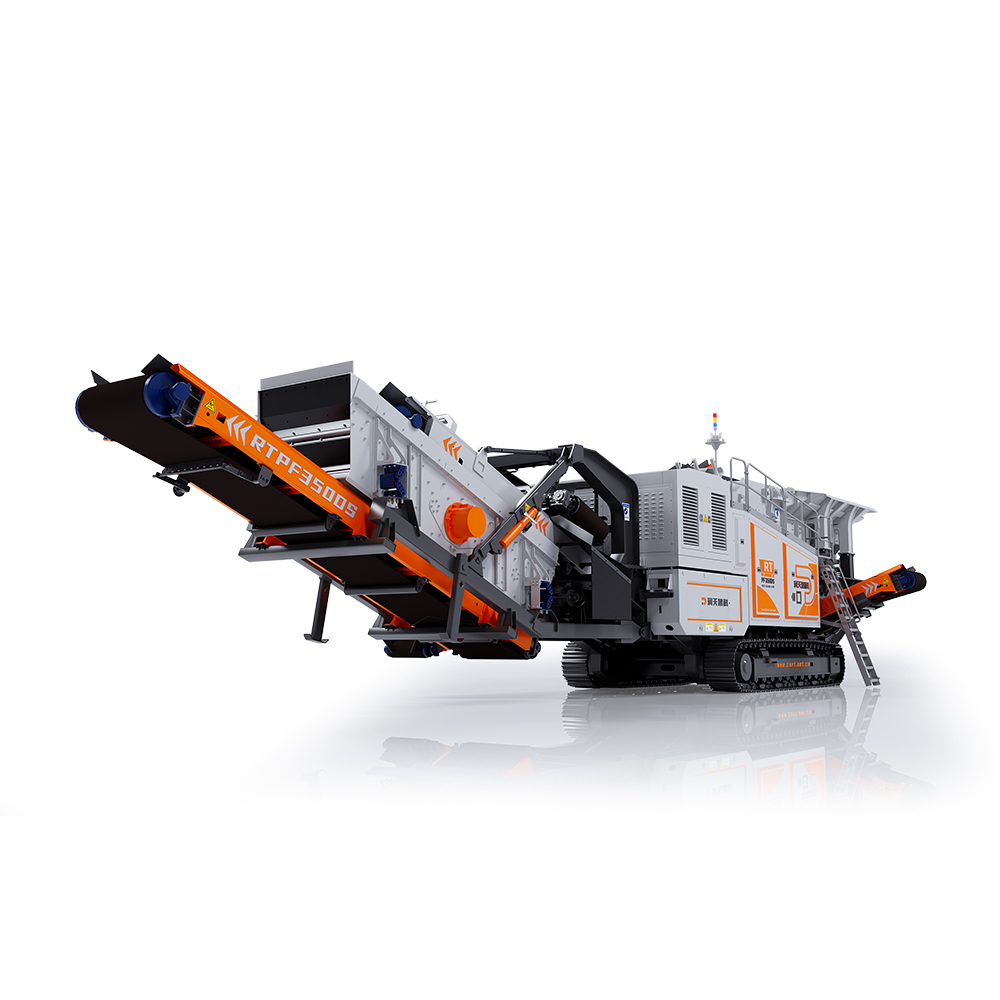 RTPF350DS Crawler Mobile Impact Crushing Plant
RTPF350DS Crawler Mobile Impact Crushing Plant
 RT116JH Crawler Mobile Jaw Crushing Plant
RT116JH Crawler Mobile Jaw Crushing Plant
 RT116JE Crawler Mobile Jaw Crushing Plant
RT116JE Crawler Mobile Jaw Crushing Plant
 RT300CE Crawler Mobile Cone Crushing Plant
RT300CE Crawler Mobile Cone Crushing Plant
 RT300CH Crawler Mobile Cone Crushing Plant
RT300CH Crawler Mobile Cone Crushing Plant
 RT5015H Mobile Scalping Screen
RT5015H Mobile Scalping Screen
 RT315VSIE Crawler Mobile Sand Maker
RT315VSIE Crawler Mobile Sand Maker
 RT3YK6020 Crawler Mobile Screening Plant
RT3YK6020 Crawler Mobile Screening Plant
 RT3YK6020M Modular Screening Plant
RT3YK6020M Modular Screening Plant
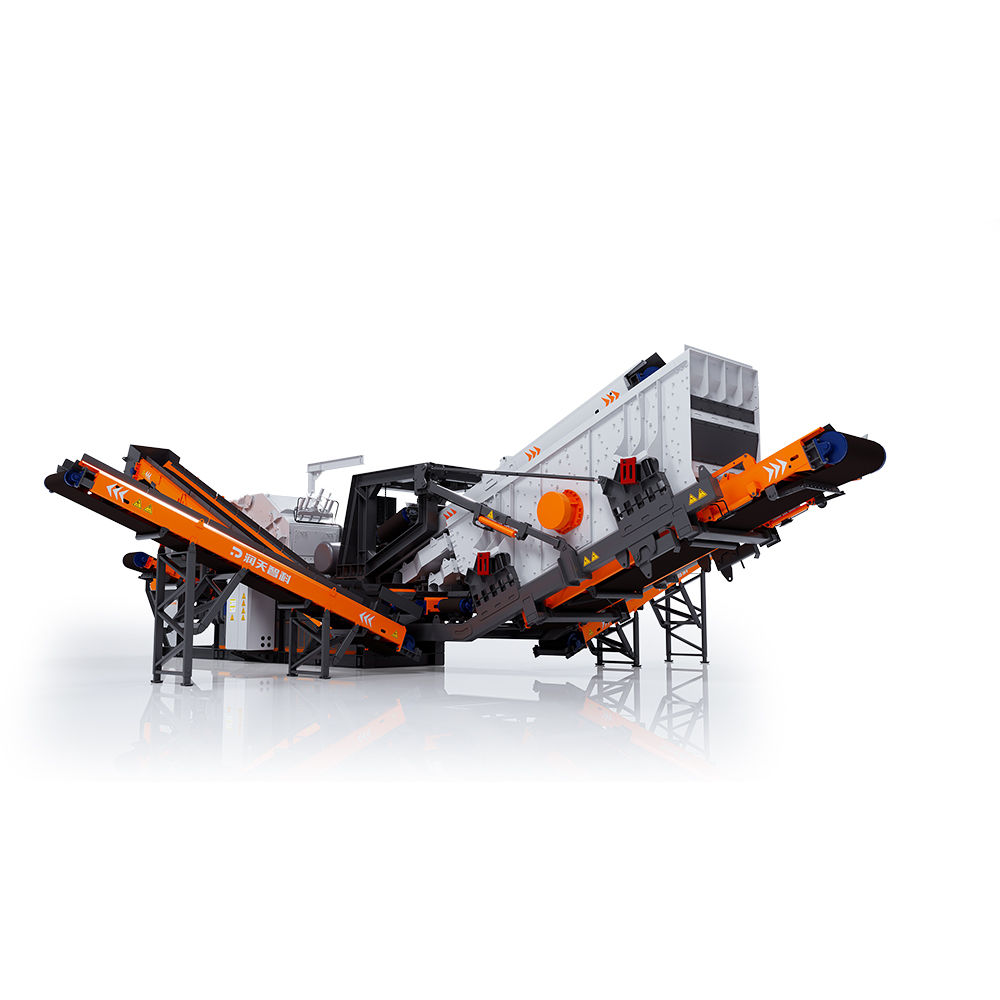 RTF260M Modular Counterattack Crushing and Screening Integrated Machine
RTF260M Modular Counterattack Crushing and Screening Integrated Machine
 RTF350M Modular Impact Crushing Plant
RTF350M Modular Impact Crushing Plant
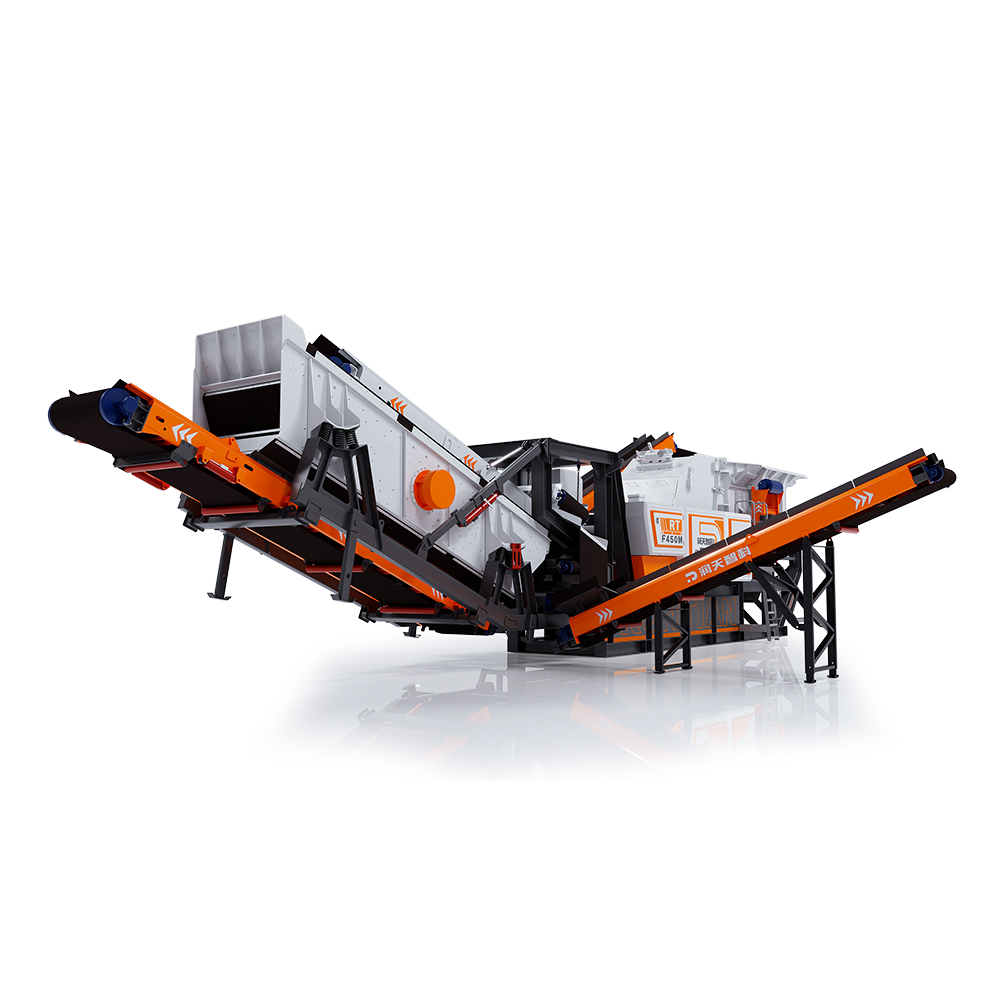 RTF450M Modular Impact Crushing Plant
RTF450M Modular Impact Crushing Plant
 Construction Waste Resourceful Treatment Line
Construction Waste Resourceful Treatment Line
Performances
Video
News
Blog
Contact Us
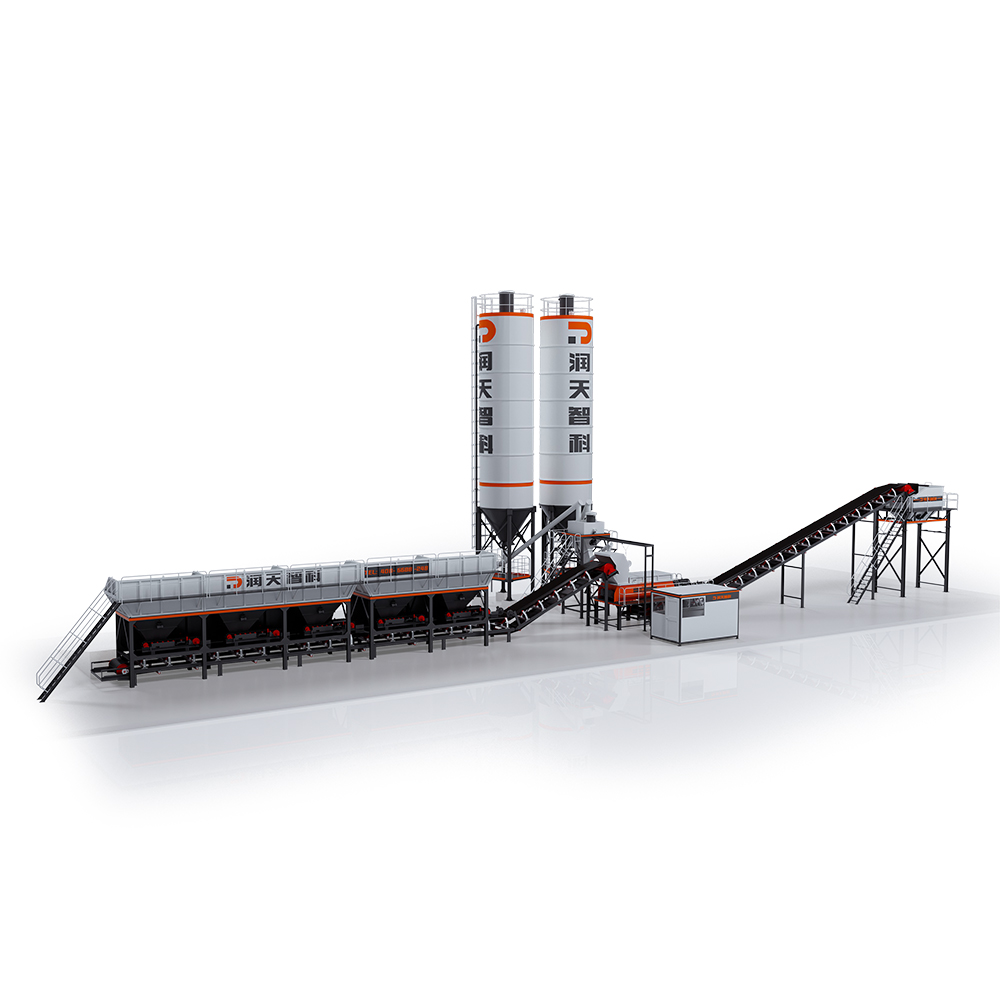 WDB Series Foundation-Free Stability Soil Mixing Plant
WDB Series Foundation-Free Stability Soil Mixing Plant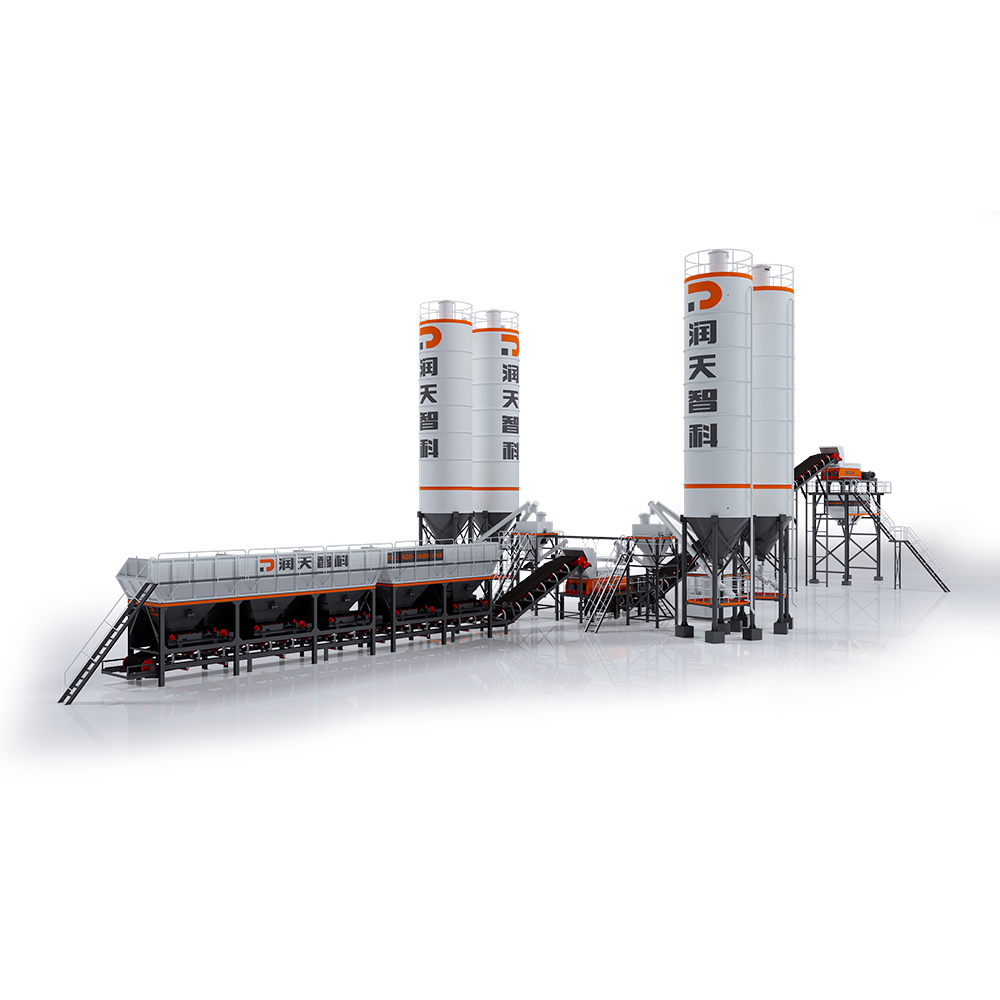 LCB Series Emulsified Asphalt Cold Regeneration Secondary Mixing Plant
LCB Series Emulsified Asphalt Cold Regeneration Secondary Mixing Plant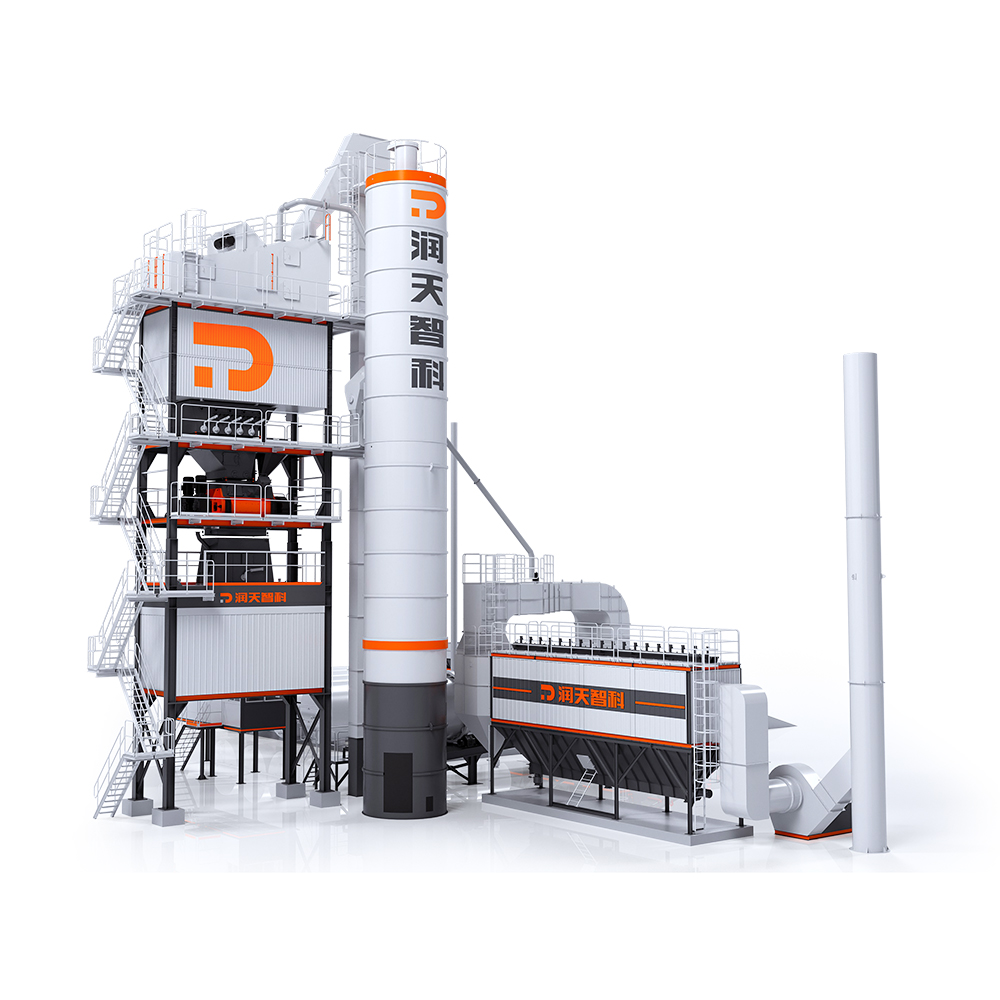 LB Series Asphalt Mixing Plant
LB Series Asphalt Mixing Plant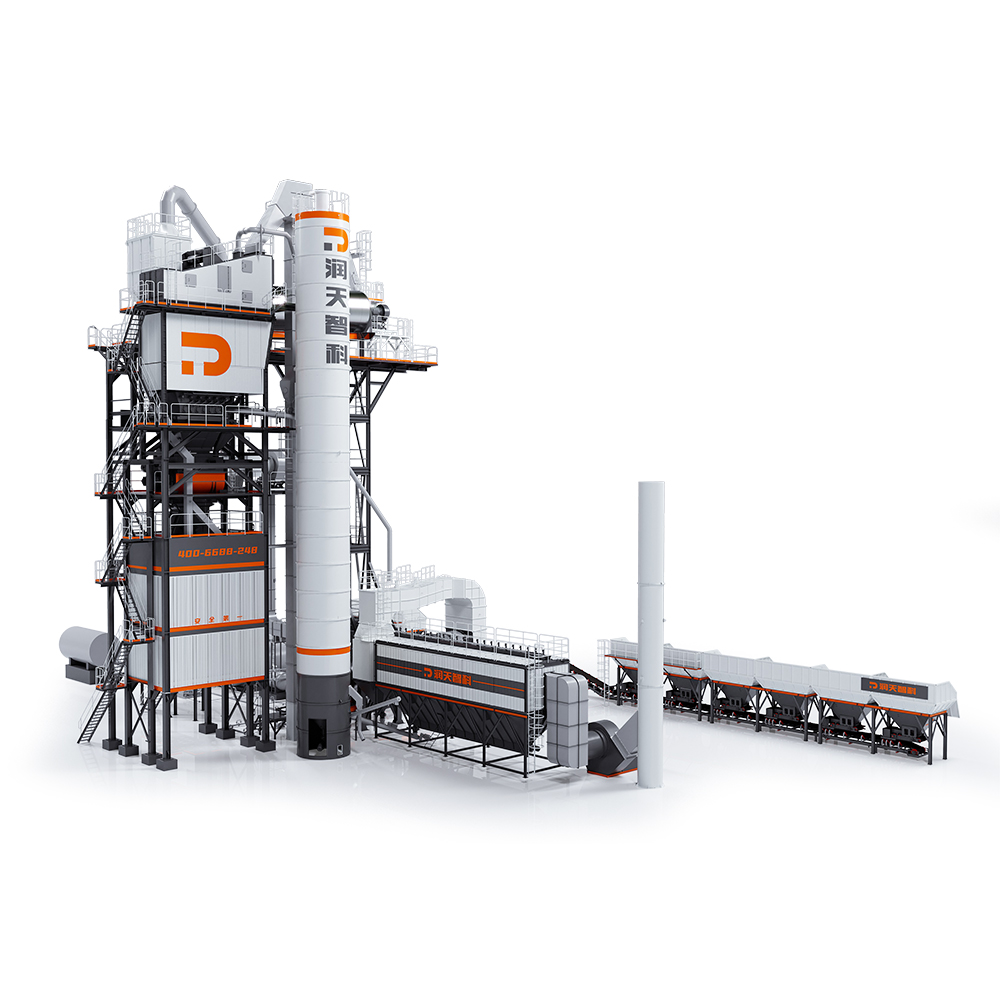 LBR Series Integrated Asphalt Mixing Plant
LBR Series Integrated Asphalt Mixing Plant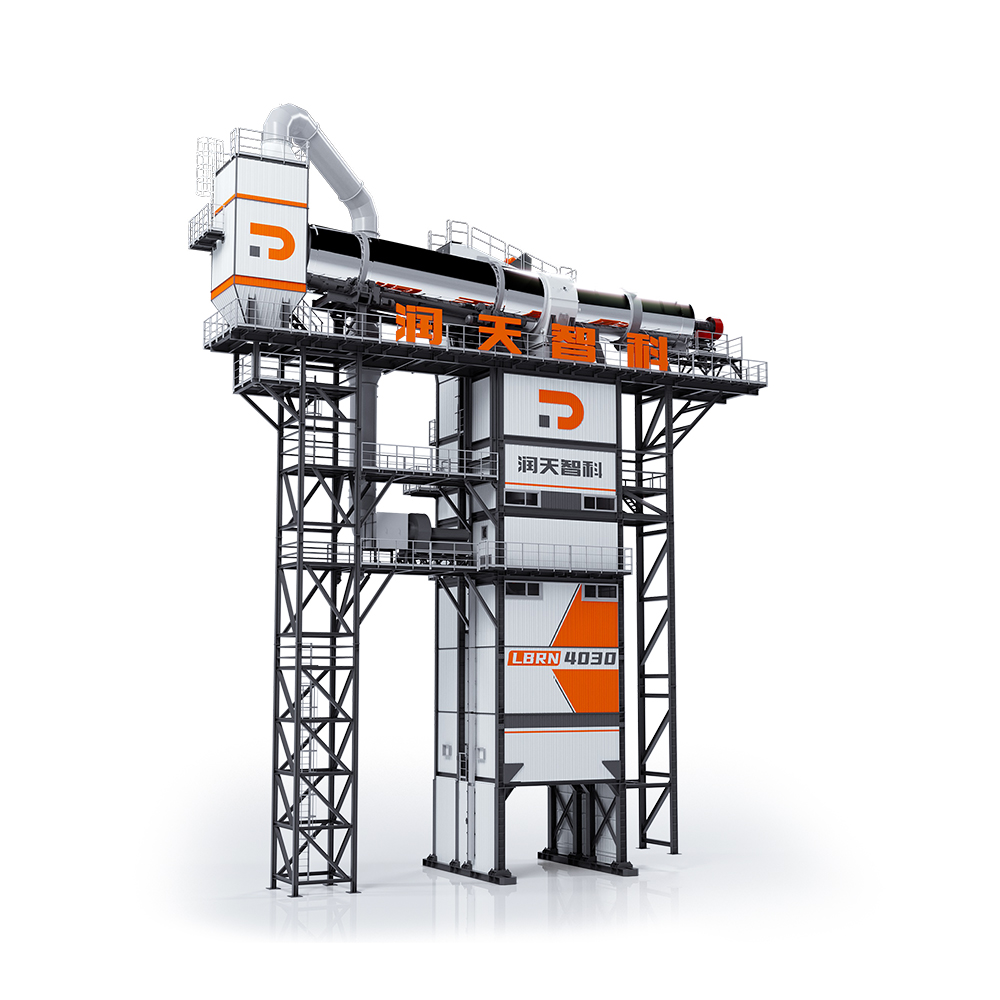 LBRN Series Counterflow Integral Asphalt Mixing Plant
LBRN Series Counterflow Integral Asphalt Mixing Plant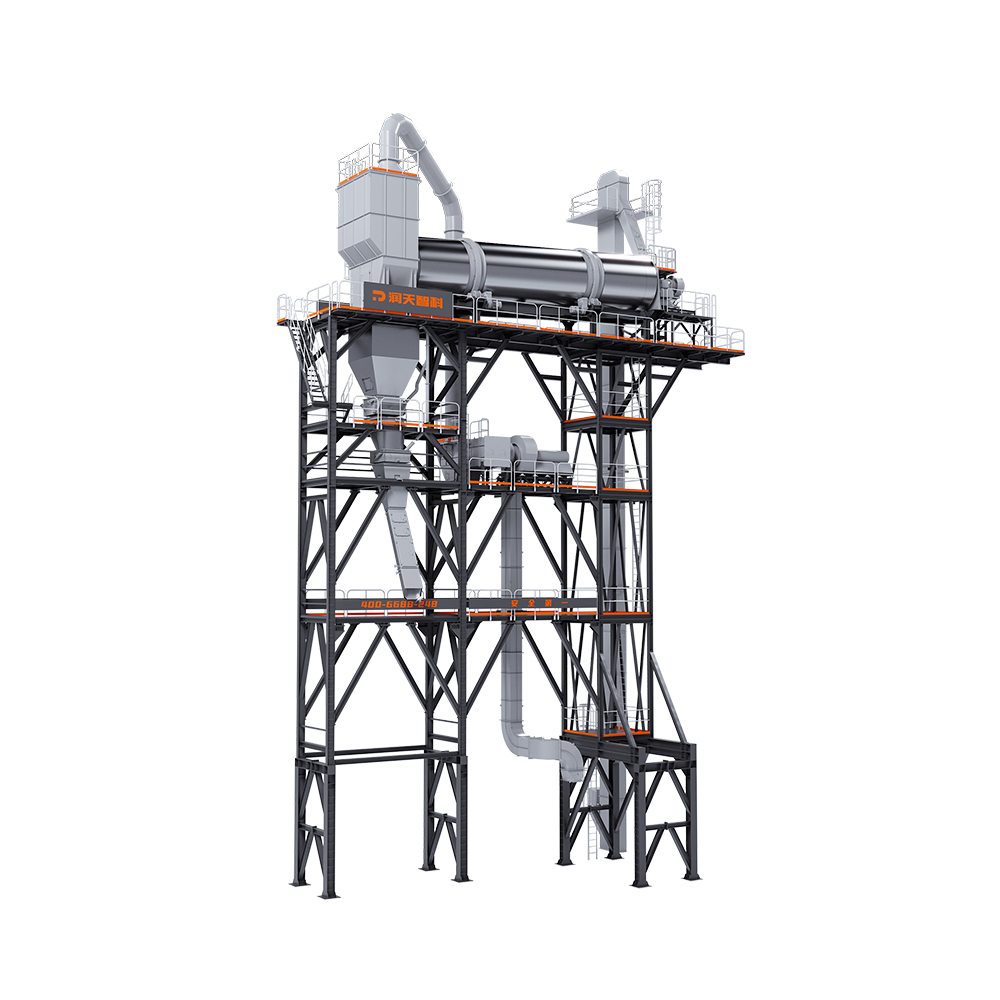 RZS Series Asphalt Mixing Plant
RZS Series Asphalt Mixing Plant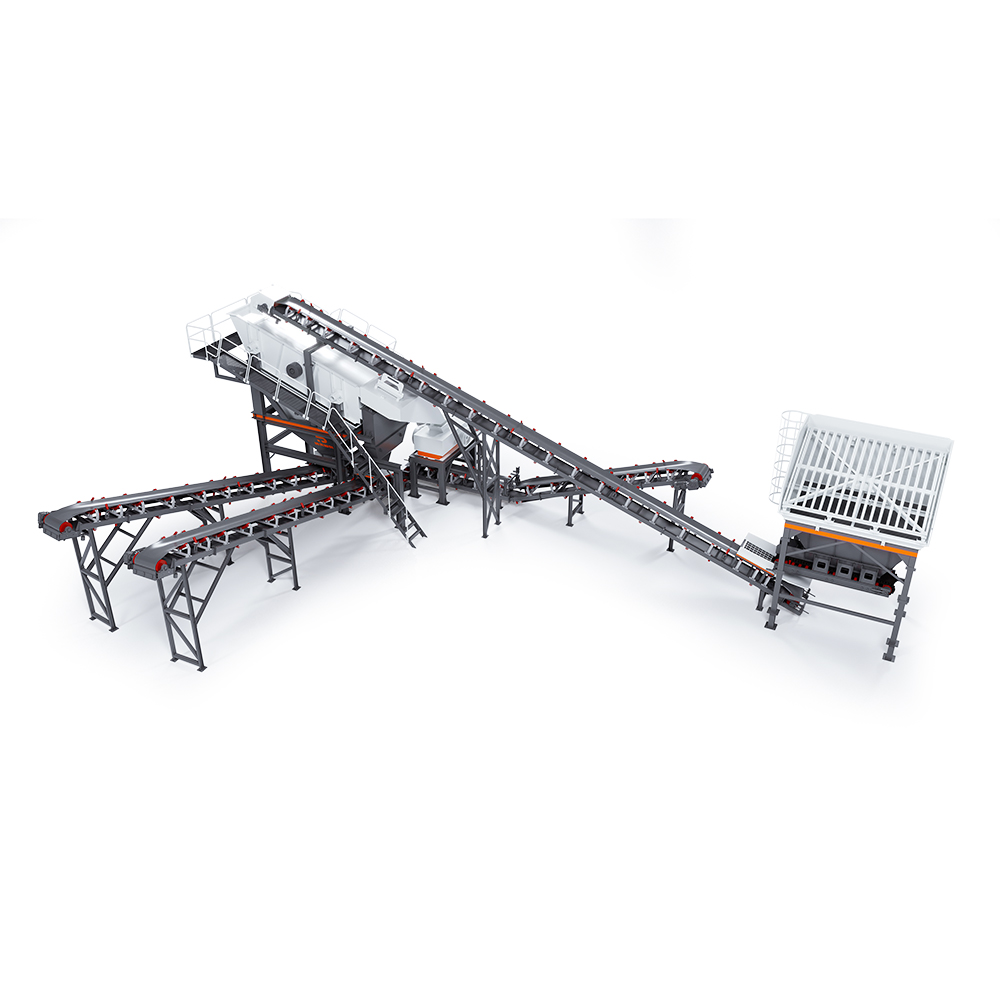 RTZS120 Series RAP Crushing & Screening Plant
RTZS120 Series RAP Crushing & Screening Plant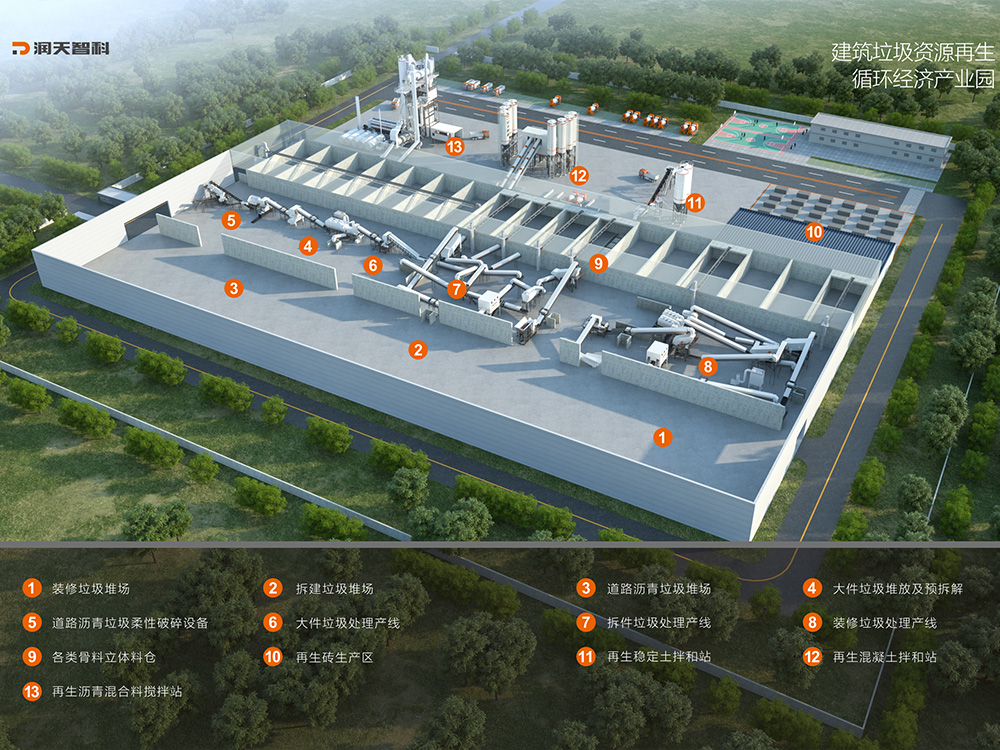 Construction Waste Resourceful Treatment Line
Construction Waste Resourceful Treatment Line





